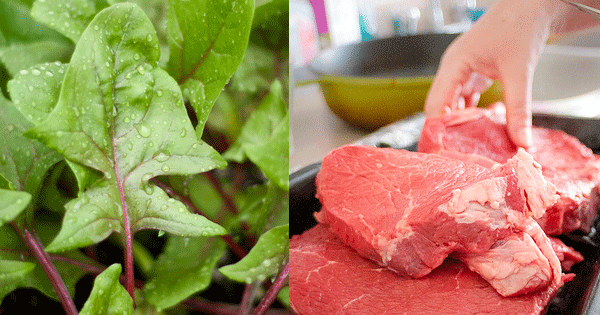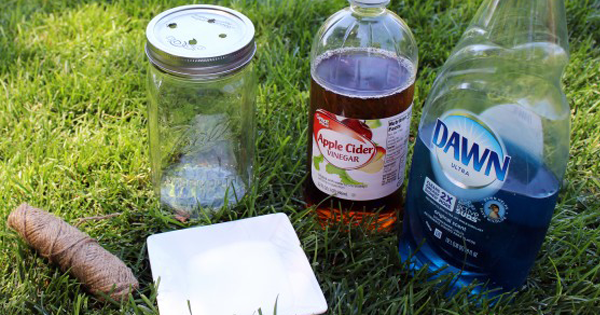Advertisement
Iron is an essential part of your diet--especially for women, as they lose quite a bit of iron during their menstrual cycle--but there are so many ways to get it, it's hard to know if you're really getting enough. Approximately seven percent of adult Americans are iron-deficient, with upwards of 10.5 percent of adult women suffering from iron deficiency.
According to Dr. Mike Roussell for Shape Magazine, "dietary iron is available in two forms: heme and non-heme. The primary source of dietary heme iron is red meat (like lean beef), but heme iron is also found in poultry and seafood. Non-heme iron is primarily found in spinach, lentils, white beans, and foods that have been fortified with iron (like refined grains)."
Is one really better than the other? Not exactly.
"Heme iron is more readily absorbed than non-heme iron due to a protective structure called a porphyrin ring. This ring prevents other compounds in the digestive tract, like vitamin C and certain antioxidants, from impacting iron and absorption," Roussell explains. "Other research shows that the chemical makeup of meat proteins can further enhance the absorption of heme iron."
That's why the Dietary Guidelines for Americans leans towards heme for iron-deficient young and pregnant women.
"On the other hand, non-heme iron absorption is greatly impacted by other compounds present at the time of digestion," Roussell continues. "Vitamin C enhances non-heme iron uptake by your body, while polyphenols—a type of antioxidants found in tea, fruit, and wine—inhibits non-heme iron uptake."
In other words, it's all relatively the same in the end.
"When heme iron is absorbed by your intestinal cells, the iron is quickly extracted and put into an iron holding tank (called the labile iron pool by scientists) until it is ready be transported out of your intestinal cells and into your body," Roussell says. "Non-heme iron has a similar fate: It's also pulled by the intestinal cells and dumped into the iron holding tank. When the time comes for the non-heme iron to be used, it leaves the intestinal cell and is put into circulation in your body."
In the end, the body has no way to know if the iron is coming from spinach or a steak since it has already been jumbled together inside your intestinal cells.
There you have it: one is not better than the other.
What do you think about this? Let us know in the comments!
Photo Copyright © 2010 jasonbachman/Flickr & kurt-b/Flickr




